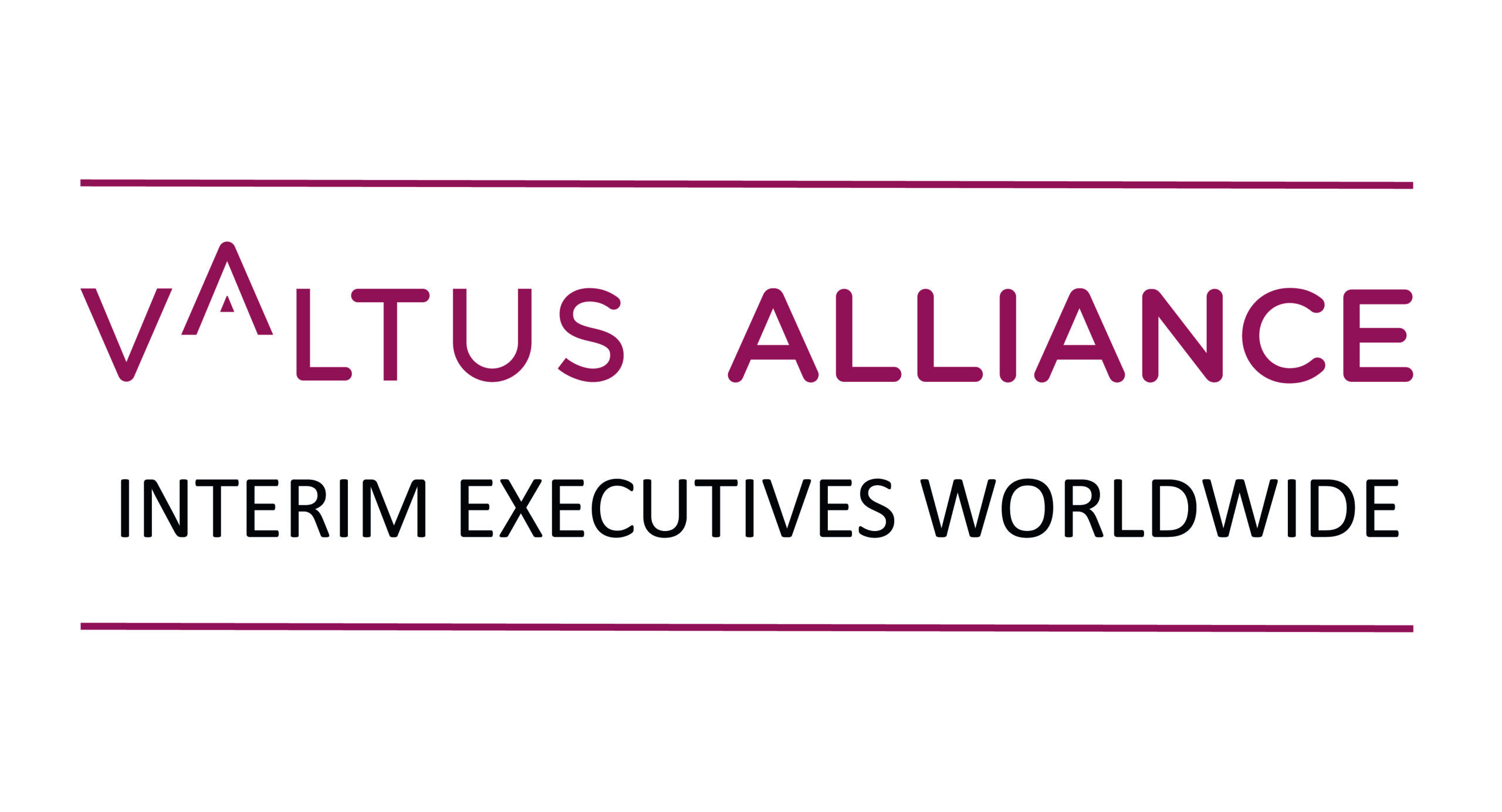Many organizations do a succession planning review around this time of year. “Without understanding the context and how an organization relates to it, such an exercise is pointless,” says Fabiaan Van Vrekhem, Founder & Chairman of Valpeo, in this fourth installment of the Valpeo Partner Talks on succession strategy.
An organization’s success hinges on the quality of its employees. Around this time of year, many organizations take a moment to scrutinize and re-evaluate their succession planning. Typically, this involves identifying individuals who qualify as potential successors for each critical role, should the position become available. Successors are often identified based on success, skills and experience shown in a role one level down and not for their potential to help grow the organization to the next level of value creation. High potentials are also often identified at the same time to see if they can be added to this list of potential successors.
For many organizations, the process is a means to an end and a “we can get back to business-as-usual” sentiment. One cannot call it much more than short-termist succession planning – a plan to move from A to B when positions are to become available imminently.
For Valpeo, however, a succession strategy starts from a different and much broader perspective. It requires reflection. Where does the organization stand today? What levels of complexity or value creation does it wish to shape, today and in the future? Only then, can one build a succession strategy.
Long-term thinking
Those who focus only on succession planning, and do not take time to undertake a more strategic exercise, risk filling short-term needs only. Not thinking long-term has several consequences:
- Organizations are no more than the sum of levels of value creation. Therefore, it is important to know which levels need to be managed today and especially tomorrow. As the level of value creation increases, so does the complexity and thus the level of awareness required. After all, selling a product is easier than marketing an experience, or finding a way to integrate it into customers’ lifestyles. Not to mention being able to transform entire industries or shape new ecosystems that connect industries.
- In the rapidly changing, often uncertain and unpredictable world we live in, an organization must demonstrate increasing resilience. Consequently, one must be able to count on employees to act autonomously to deal with this increasing complexity. However, that requires knowing who can add what level of value to remain consistent with the value the organization wishes to create in the future, not just in the short term but also in the long term.
- Consequently, career paths must be kept open to allow people with the potential to make just that step to the next level of value creation at the appropriate time. Indeed, too often we see that too many positions at managerial and executive level remain occupied by employees – about whom there is nothing to criticize in terms of role performance – but who, for lack of further potential, compromise the dynamics of organizational development to deal with a more complex level of value creation. After a few years, high potentials quickly realize that opportunities for advancement are limited and they eventually leave the organization to take their acquired knowledge elsewhere, all too often to competitors.
- When recruiting, much more attention should be paid not only to an individual’s competence level but also to the short- and long-term value creation potential that someone can bring. This is being overlooked far too much nowadays, mostly because there is simply no succession strategy. No thought is given to the future stages of development of the organization and how employees continue to fit and add value over the long term. This requires a better understanding of how and individual’s awareness or complexity orientation will evolve.
Dynamic entity
Succession needs to be approached much more from a dynamic perspective. It should start with a simple two-part question: 1) do we know the level of value we add as an organization today? and 2) Do we know what the next stages of development are, both short-term and long-term to continue to add value? Without understanding the context and how an organization relates to it, any succession exercise is meaningless.
This new perspective has become a necessity. Organizations can no longer be managed as a static set of divided responsibilities, but rather as a dynamic set of people who create value and thus meet increasing societal demands.
Those who integrate this into their HR strategy will quickly realize that there is already much underutilized potential within their organizations present today. These people can be used at no additional cost to tackle new opportunities and challenges of increasing complexity, rather than deploying human capital resource that looks away in fear.
Dropped the ball?
The Valpeo method of assessment and organizational development is precisely designed to enable the transition from static to dynamic management. Whether the organization is large or small matters little.
If it wants to add value, it has a good chance of continued sustainable growth and competitive advantage. It would be best to prepare for it, right from the moment of hiring.
Those who are already big and add a lot of value to their stakeholders should monitor the dynamics of their organizational, recruitment, and promotional model to avoid running out of talent sooner or later. Those who are big and are facing leadership problems hopefully now realize where they have dropped the ball.
A robust, well planned succession strategy “will substantially increase and enhance the organization’s ability to deliver sustainable growth and competitive advantage” in a world where complexity is increasingly explored and exploited in search for added value.
Subscribe to Ripple, the newsletter
Gain expert advice, innovative strategies, and actionable insights to drive sustainable growth and empower your organisation to thrive in today’s dynamic business landscape.



